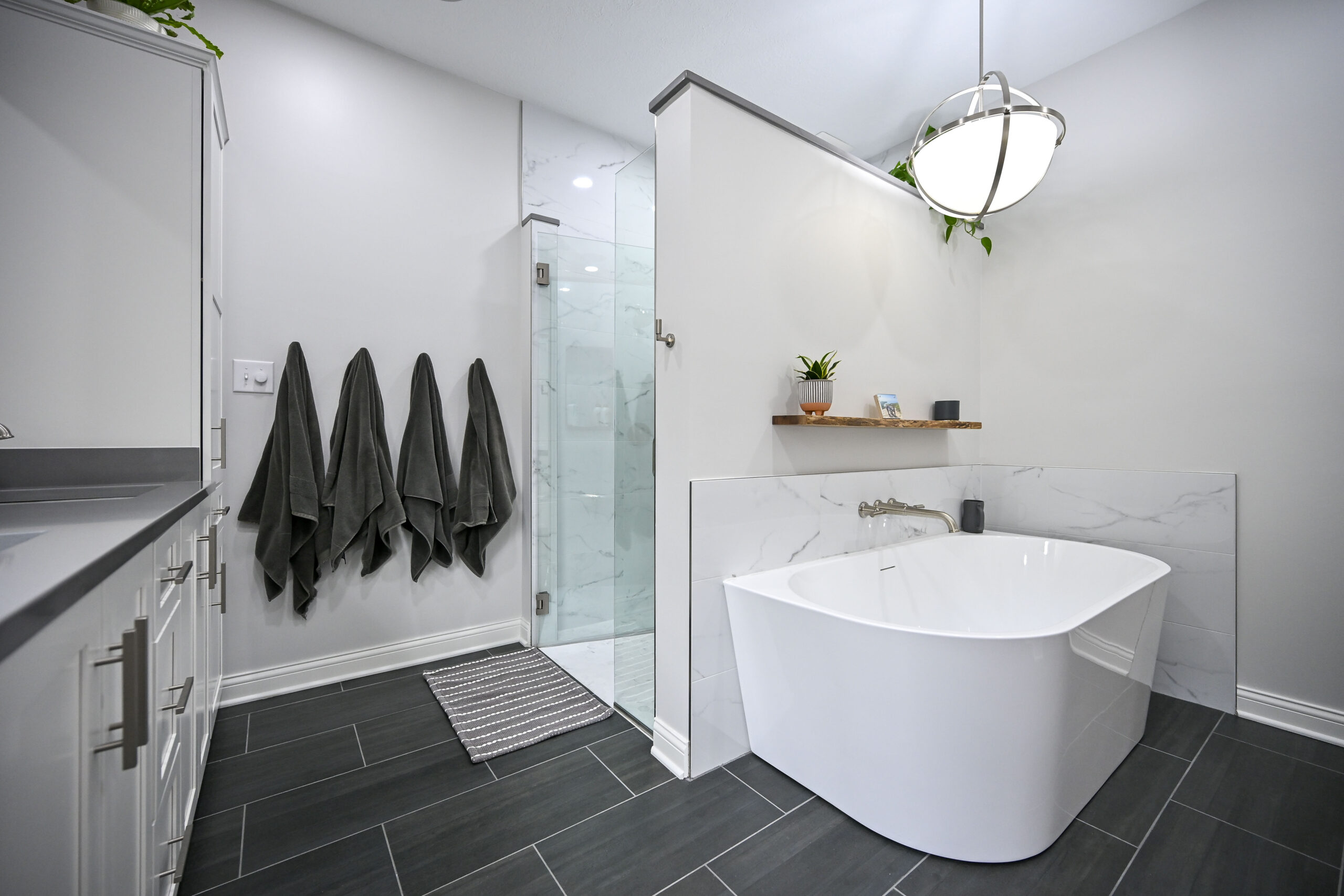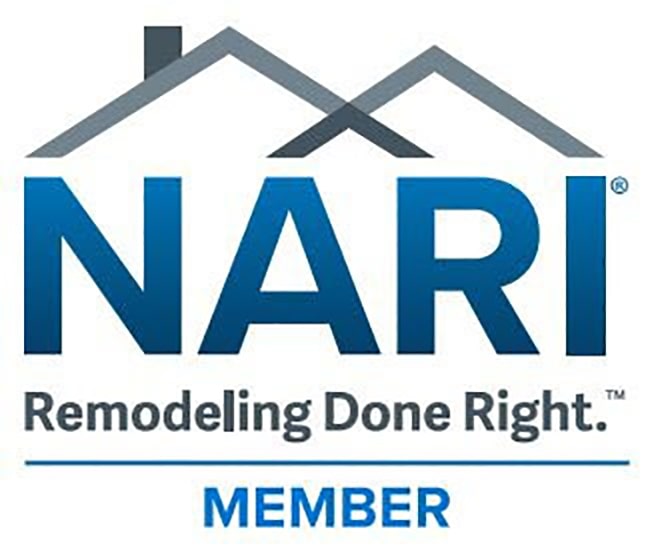When planning a home renovation or new construction project in Indianapolis, choosing the right approach can make all the difference. One of the most efficient and stress-free methods is working with a design-build team. This collaborative approach streamlines the entire process, offering homeowners greater flexibility, cost control, and a seamless experience from concept to completion.
What is a Design-Build Team?
A design-build team is a unified group that includes architects, designers, and builders working together under one contract. Unlike the traditional method—where homeowners hire separate architects and contractors—the design-build approach integrates both aspects into one streamlined process. This collaboration reduces miscommunication, minimizes delays, and ensures that everyone is on the same page throughout the project.
What is Design-Build Remodeling?
Design-build remodeling is an integrated approach to home renovation that combines both the design and construction phases into a single, cohesive process. This method streamlines communication and collaboration between the homeowner and the project team, leading to improved efficiency, cost-effectiveness, and overall satisfaction.
Difference Between Design-Build and Traditional Remodeling
When embarking on a home remodeling project, homeowners face a critical decision regarding how to approach the design and construction phases. Two primary methods exist: Design-Build and Traditional Remodeling (or Design-Bid-Build). Each approach has distinct characteristics, benefits, and processes that can significantly impact the outcome of a remodeling project.
1. Design Integration
Design–Build: Integrated Approach
In the Design-Build method, design and construction are seamlessly integrated into one cohesive process. This means that a single team, often comprising both designers and contractors, is responsible for both the planning and execution of the project. This integrated approach fosters collaboration, allowing for real-time adjustments and improvements as the project unfolds. Homeowners benefit from a streamlined communication process, reducing the likelihood of misunderstandings or misalignments between design intentions and construction realities.
Traditional Remodeling: Segmented Approach
Conversely, traditional remodeling typically involves a segmented approach where design and construction are handled separately. Homeowners may engage independent designers or architects, who create detailed plans and drawings before any construction begins. Once the design is complete, homeowners then solicit bids from contractors based on these plans. This separation can lead to multiple handoffs, which may introduce delays and miscommunication, as the contractor must interpret the designer‘s vision without immediate access to their insights.
2 Project Timeline and Flexibility
Design–Build: Faster Delivery
One of the most significant advantages of the Design-Build approach is its ability to streamline the project timeline. Because design and construction occur under a single contract and a unified team, overlapping these phases is possible. For instance, as design
plans are being finalized, construction can commence on elements that do not depend on
completed designs. This concurrent activity can lead to a shorter overall project duration, meaning homeowners can enjoy their newly remodeled spaces sooner.
Traditional Remodeling: Lengthy Process
In contrast, the Traditional Remodeling method can often result in a lengthier process. Once the design is finalized, it typically takes additional time to seek out and negotiate with contractors who can execute the plans. These separate phases can prolong the timeline, especially if issues arise during the bidding process or if there are revisions required after construction has started. This can be particularly frustrating for homeowners eager to see their vision realized.
3 Cost Management and Transparency
Design–Build: Clear Budgeting
Budgeting is more transparent and manageable. The integrated team provides realistic cost estimates early in the design phase, allowing homeowners to make informed decisions about materials and design choices without fear of unexpected expenses. Because the entire team collaborates from the outset, there are fewer surprises, and cost-effective solutions can be identified proactively.
Traditional Construction: Less Predictable
Costs are often less predictable due to separate contracts between architects and contractors. Homeowners may face unexpected expenses as changes and adjustments occur between design and construction phases. Without integrated collaboration, resolving cost-related issues can be time-consuming and expensive.
Benefits of a Design-Build Approach for Indianapolis Homes
Seamless Communication and Collaboration
One of the biggest challenges in home construction and remodeling is miscommunication between designers and builders. A design-build team works together from the beginning, ensuring that the vision for your home aligns with practical construction requirements. This eliminates costly misunderstandings and makes the process more efficient.
Cost Savings and Budget Control
Indianapolis homeowners often face unexpected expenses due to project changes or unforeseen complications. With a design-build team, the budget is set early, and the team works within those constraints. Because everyone is on the same team, they collaborate to find cost-effective solutions rather than passing unexpected costs to the homeowner.
Faster Project Completion
Time delays are common in traditional construction projects due to coordination issues between architects, designers, and contractors. The design-build method eliminates these inefficiencies, allowing for a more streamlined workflow. In many cases, homeowners in Indianapolis find that their projects are completed faster than they would be using traditional methods.
Accountability and Reduced Risk
Time delays are common in traditional construction projects due to coordination issues between architects, designers, and contractors. The design-build method eliminates these inefficiencies, allowing for a more streamlined workflow. In many cases, homeowners in Indianapolis find that their projects are completed faster than they would be using traditional methods.
Customization and Design Flexibility
A design-build approach allows for greater customization throughout the process. Because architects, designers, and builders work together from the start, adjustments can be made on the fly without significant delays or cost increases. Whether you want a modern kitchen remodel or a new custom home in an Indianapolis neighborhood, a design-build team offers the flexibility to bring your vision to life.
Solutions for Indianapolis Homeowners
If you‘re planning a home renovation or new construction in Indianapolis, working with a trusted design-build team can simplify the process. Here are a few ways to ensure success:
Choose an Experienced Team: Look for a design–build firm with a proven track record in Indianapolis. Local expertise ensures that they understand zoning laws, permits, and regional design trends.
Set Clear Goals and a Realistic Budget: Collaborate with your team early on to define your project scope and financial parameters.
Communicate Openly: Regularly engage with your team to ensure that your expectations and their recommendations align.
Embrace Flexibility: While design–build teams streamline the process, adjustments may still be necessary along the way. Trust your teamʼs expertise in making informed decisions.
Is Design-Build Suitable for All Types of Remodeling Projects?
Design-build is an innovative construction delivery method that streamlines the remodeling process by integrating both design and construction under one contract. This approach has gained significant traction in recent years, especially for homeowners seeking a more efficient and less stressful renovation experience. But is design-build suitable for all types of remodeling projects, including whole home renovations, kitchen remodels, and bathroom renovations? Let‘s examine how this method can benefit various remodeling scenarios.
Whole Home Renovations
Whole home renovations can be incredibly complex and quite overwhelming due to the vast scope of work that is typically involved. Homeowners frequently encounter a multitude of decisions they must make regarding layout, design, and overall functionality of their spaces. In this context, the design-build approach truly excels by offering a cohesive team that collaborates closely from the very first concept all the way through to the final completion of the project.
Kitchen Remodeling
Kitchens truly serve as the heart and soul of the home, often becoming a central hub for family gatherings, social interactions, and entertaining guests. Because of their unique requirements that include aspects such as functionality, aesthetic style, and safety considerations, kitchen remodels stand to gain significantly from adopting the design– build methodology. This approach allows for a seamless integration of design and construction, ensuring that every detail aligns with the needs of the homeowners while creating a beautiful and practical space.
Bathroom Renovations
Bathrooms, although usually smaller in overall size compared to other areas of the home, necessitate a high level of meticulous attention to detail. This is vital because of the intricate requirements involved, such as plumbing, electrical, and ventilation considerations that must be effectively addressed. The design-build method distinctly proves to be advantageous in successfully navigating these complexities, ensuring a smooth and efficient remodeling process.
Building or remodeling a home in Indianapolis is an exciting journey, but it requires careful planning and execution. A design-build team offers a streamlined, cost-effective, and stress-free approach, ensuring that your vision becomes a reality without the headaches of traditional construction methods. By choosing a reputable Indianapolis design-build firm, like Gettum Remodeling, you can enjoy a smooth, efficient, and rewarding home improvement experience.














